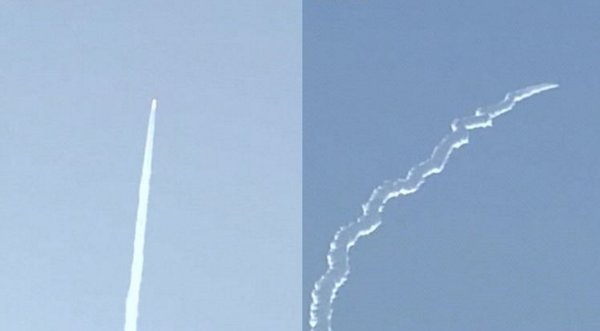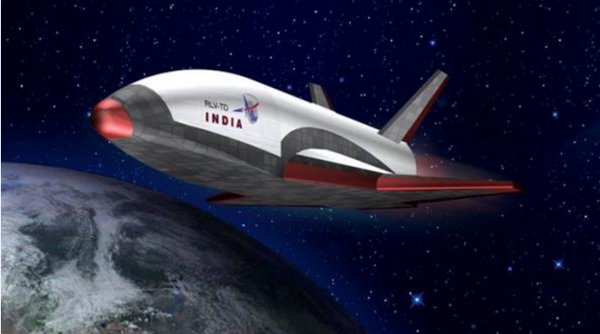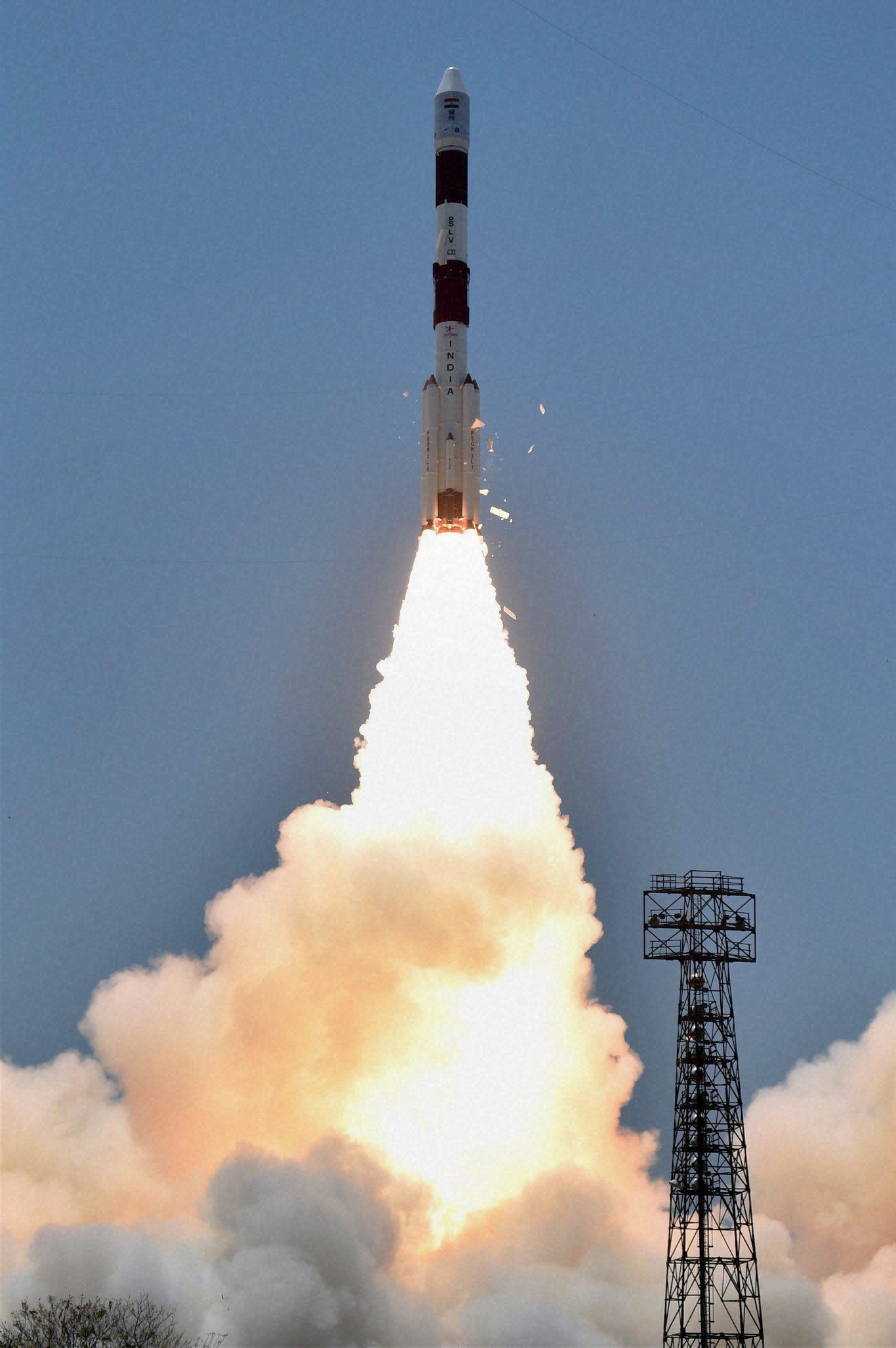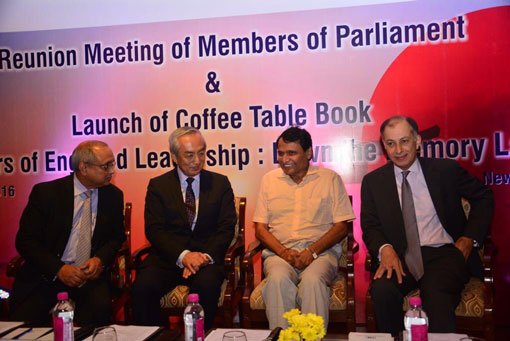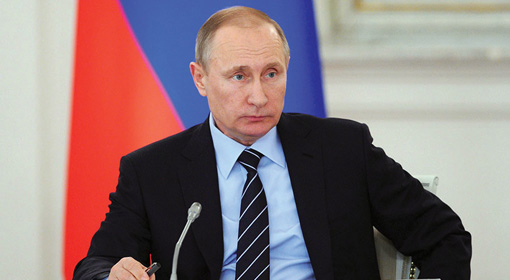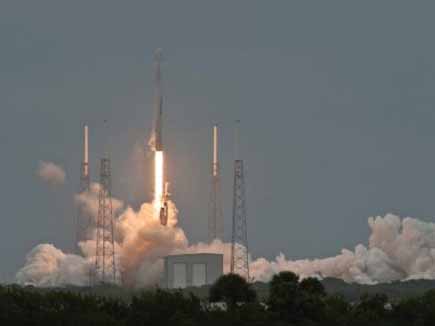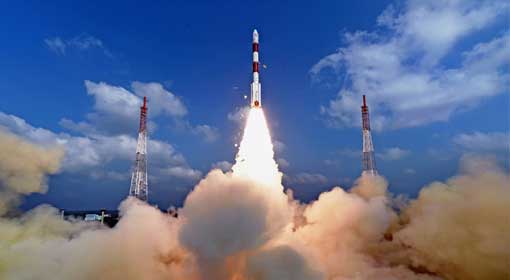After meticulously conquering the heights of success in Space, ‘ISRO’ has added one more feather in their cap on Monday. The first Indian-made reusable spacecraft took its maiden test flight on Monday from Satish Dhawan Space Centre, Sriharikota.
This is important achievement by the Indian Space Research Organization (ISRO) that has made India just the third country after the USA and Russia to have space shuttle capabilities. Congratulating ISRO, Prime Minister Narendra Modi said: “Launch of India’s first indigenous space shuttle RLV-TD is the result of the diligent efforts of our scientists. The dynamism and dedication with which our scientists and ISRO have worked over the years is exceptional and very inspiring.”
 In this experimental mission, the HS9 Solid Rocket Booster carrying the exclusively Swadeshi “Reusable Launch Vehicle-Technology Demonstrator” (RLV-TD) lifted off from Satish Dhawan Space Centre, Sriharikota at 07:00 hrs IST. ISRO spokesperson declared the achievement by stating “Mission accomplished successfully”. After a remarkable flight of 91.1 seconds, HS9 burn out occurred, following which both HS9 and RLV-TD mounted on its top coasted to a height of about 56 km. At that height, RLV-TD separated from HS9 booster and further ascended to a height of about 65 km. From that peak altitude of 65 km, RLV-TD began its descend followed by atmospheric re-entry at speed equivalent to five times the speed of sound (Mach 5).
In this experimental mission, the HS9 Solid Rocket Booster carrying the exclusively Swadeshi “Reusable Launch Vehicle-Technology Demonstrator” (RLV-TD) lifted off from Satish Dhawan Space Centre, Sriharikota at 07:00 hrs IST. ISRO spokesperson declared the achievement by stating “Mission accomplished successfully”. After a remarkable flight of 91.1 seconds, HS9 burn out occurred, following which both HS9 and RLV-TD mounted on its top coasted to a height of about 56 km. At that height, RLV-TD separated from HS9 booster and further ascended to a height of about 65 km. From that peak altitude of 65 km, RLV-TD began its descend followed by atmospheric re-entry at speed equivalent to five times the speed of sound (Mach 5).
The vehicle’s Navigation, Guidance and Control system accurately steered the vehicle during this phase for safe descend. After surviving high temperatures during re-entry with the help of its Thermal Protection System (TPS), the 1.75 ton RLV-TD successfully glided down to the defined landing spot over Bay of Bengal, at a distance of about 450 km from Sriharikota, thereby fulfilling its mission objectives. Total flight duration from launch to landing of this mission of the delta winged RLV-TD, lasted for about 770 seconds.
While explaining the importance of the experimental RLV, ISRO Chairman Kiran Kumar said, “It is essentially an attempt by India to bring down the cost of making infrastructure in space.”ISRO had confirmed the cost of Monday`s mission to about 95 crores.
The RLV-TD that ISRO flew on Monday morning at Sriharikota is the first step in an Indian effort to develop a “Two Stage To Orbit” (TSTO) fully reusable vehicle. It is anticipated that timeline of 10 to 15 years will be required for launching spacecrafts using this technology.



